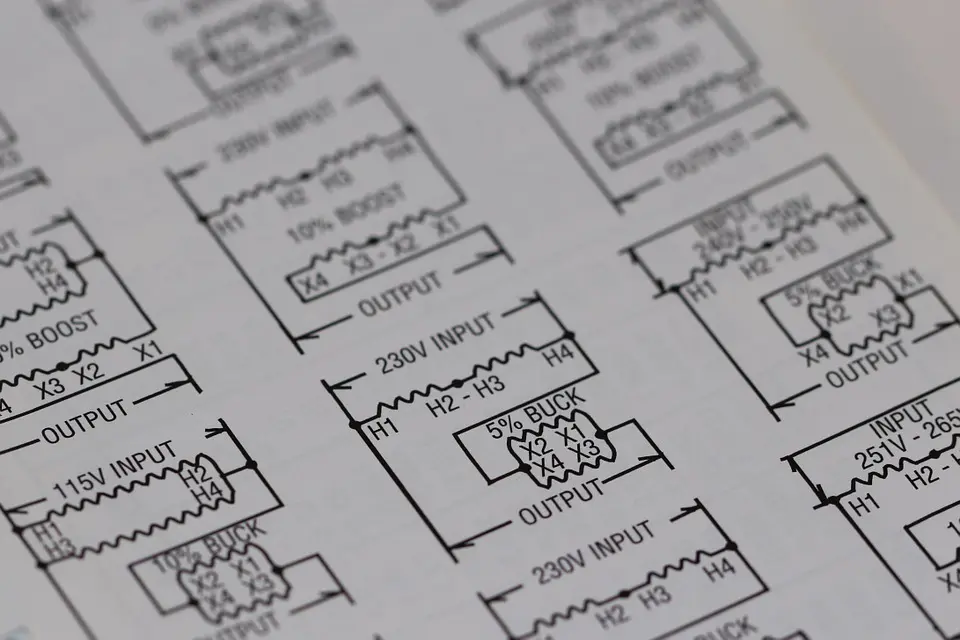V-scoring, also called V-groove scoring, involves the cutting of a V-shaped groove on a printed circuit board’s top and bottom while leaving a certain amount of material in place to keep the PCBs together. V-scoring saves manufacturers time and money.

(Pixabay / 777546)
V-scoring is mainly used when grouping a set of PCBs in one array to enhance the assembly process. The idea behind it is to provide a solid structure for the assembly process that can be separated into components with only minimal pressure.
The depth of the score can be determined from a cross-sectional view and must indicate the distance between the Vs. The remaining material is referred to as the “web.” The standard process divides the board into three, with a third on the top, a third on the bottom, and the other third serving as the web in the middle.
Jump scoring
Jump scoring is not always used in the manufacture of PCBs, but it is certainly a good option. In V-scoring, the scoring extends from one end of the board to the other. Instead of making a complete score from end to end, the blade stops just before the PC board ends. Jump scoring allows for a more rigid array in the assembly process.
The trick to jump scoring is to lift the cutting blades off the laminate before reaching the end of the panel. This can be done by properly programming the blades. Note that the blade will lift off the panel while the equipment is still running, resulting in a small graduated scoring in the waste area. This happens because as the blade is lifting off the panel, it will make a score that is not deep enough. At times, this may make it difficult to separate the panels.
As PCBs are laden with more and more surface components, jump scoring and rigid panels will be used more frequently. The challenge for designers will be to indicate this on drawings to prevent errors during the assembly process.
